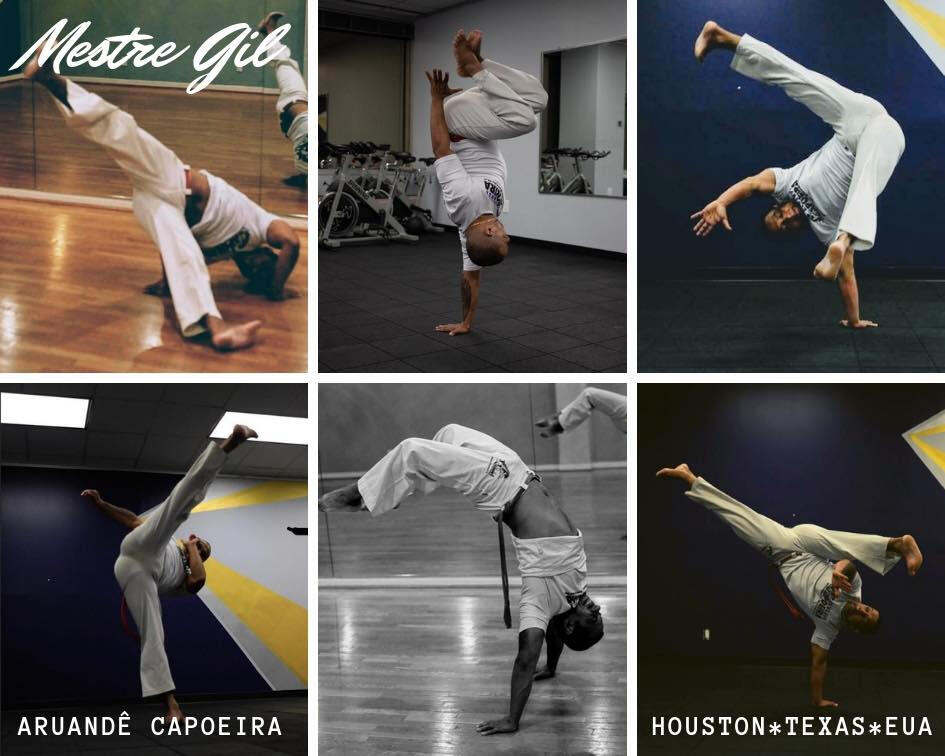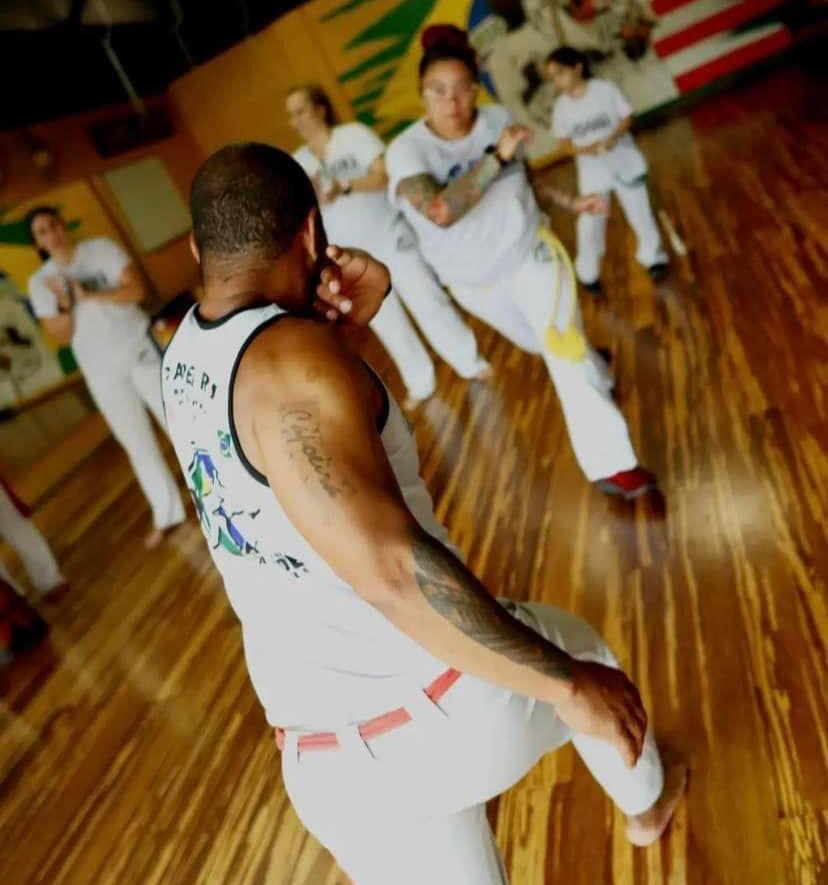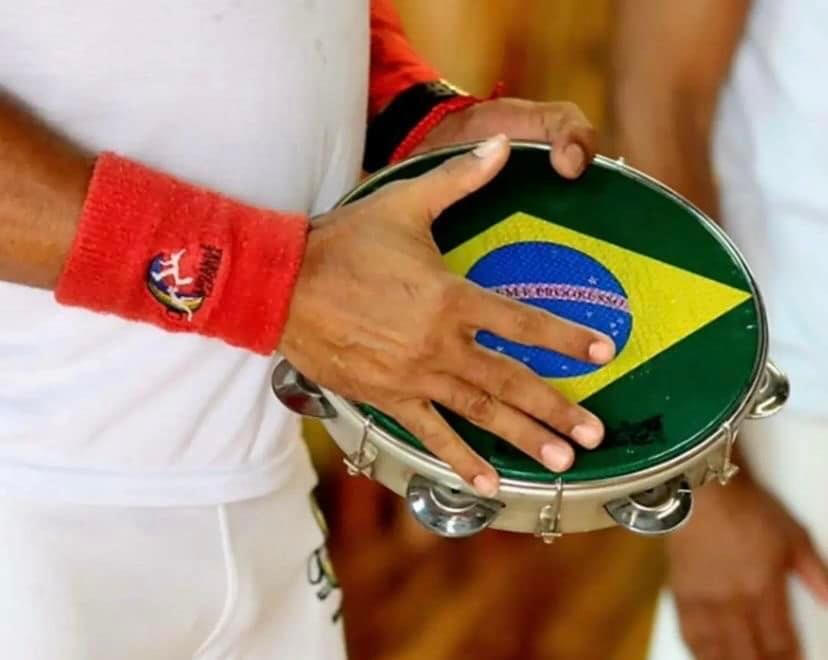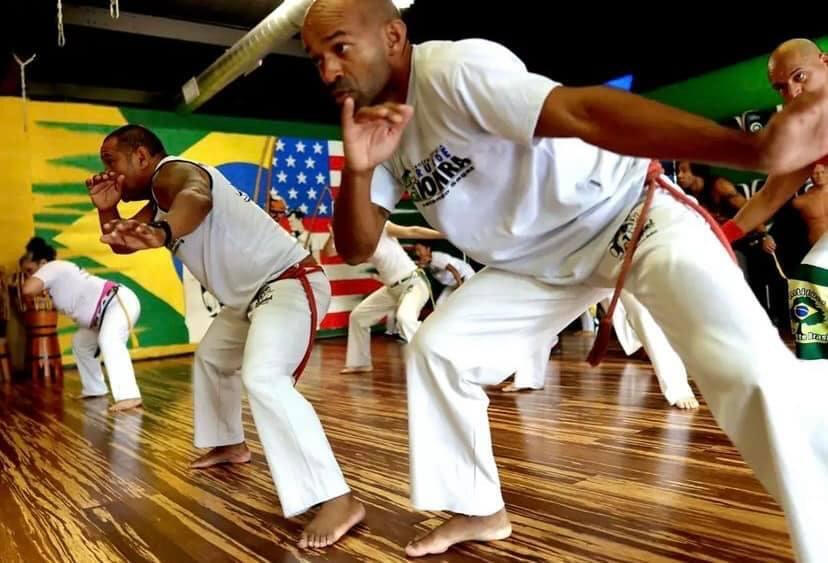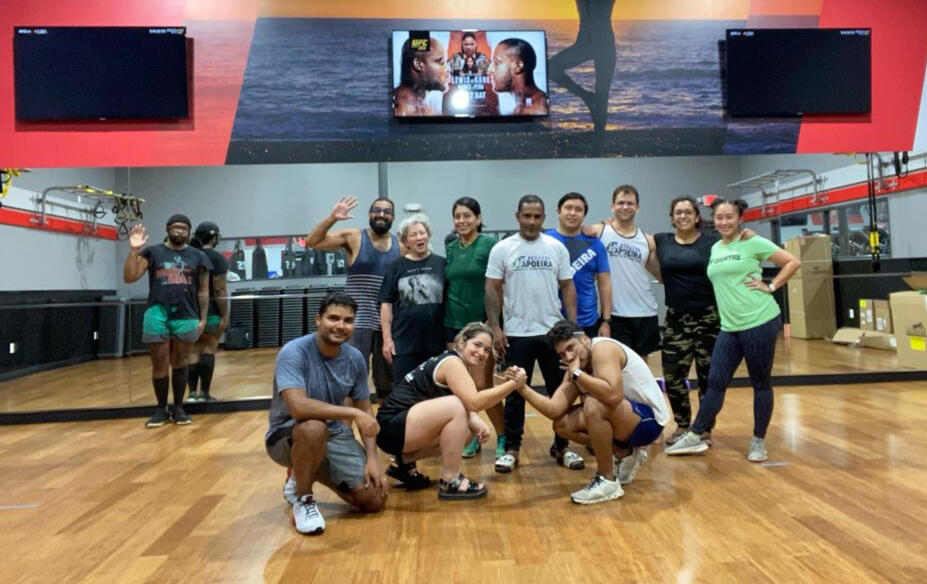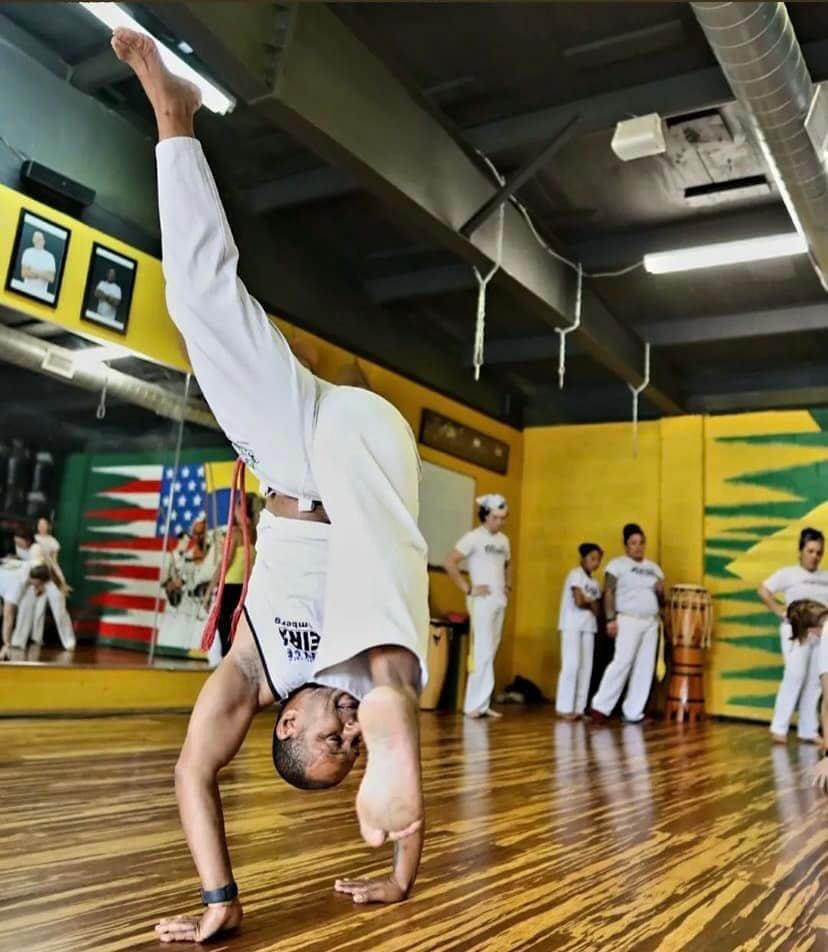Aruandê Capoeira
Mestre (Master) Giltemberg
Experience Brazilian Capoeira.
Capoeira is a martial art and total-body workout that blends self-defense with dance, music, and acrobatics. Regardless of age or athletic ability, Mestre (Master) Giltemberg will train, motivate, and inspire you to build strength and flexibility, develop rhythm, sharpen coordination, improve reflexes, and have a good time!

Be Alive. Get in Motion.
What is the Capoeira Class Experience Like?
Capoeira Family
Get inspired and motivated with a fun and enjoyable workout. Join our capoeira family, make friends, enjoy our group brunches and meetups, and have fun at outdoor classes that we schedule at various locations.
Culture
What is Capoeira?
Capoeira (Portuguese pronunciation: [kapuˈe(j)ɾɐ] or [kaˈpwɐjɾɐ]) is a Brazilian martial art that combines elements of dance, acrobatics, and music. Enslaved Africans practiced it in Brazil at the beginning of the 16th century. It is known for its acrobatic and complex maneuvers, often involving hands on the ground and inverted kicks. It emphasizes flowing movements rather than fixed stances; the "ginga", a rocking step, is usually the focal point of the technique. The most widely accepted origin of the word capoeira comes from the Tupi words ka'a ("forest") paũ ("round"), referring to the areas of low vegetation in the Brazilian interior where fugitive slaves would hide. A practitioner of the art is called a "capoeirista" (Portuguese pronunciation: [kapue(j)ˈɾistɐ]).The dance and music were incorporated into the system to disguise the fact that they were practicing fighting techniques. After the abolition of slavery in Brazil, capoeira was declared illegal at the end of the 19th century. However, by the 1920s, authorities began to relax enforcement on its prohibition, and martial artists began to incorporate the capoeira technique into their practices. By the 1970s, capoeira masters started traveling worldwide, helping the art become internationally recognized and practiced. On 26 November 2014, capoeira was granted a special protected status as intangible cultural heritage by UNESCO.

Mestre Giltemberg
Born: March 25, 1972
Master of Capoeira (Aruandê Capoeira)
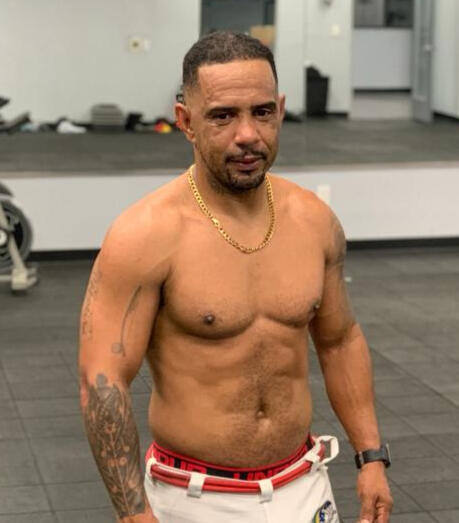
Giltemberg Jesus de Oliveira was born in Brazil, São Paulo city. He started to practice capoeira in 1982, nearby his school.
In 1984, he enrolled in the Axé do Berimbau academy under the orientation of Master Gerson and remained in the group for 18 years.
In February 2003, he became affiliated with CapuraGinga in São Paulo under Mestre Bigodinho. However, in February 2004, as Master Bigodinho disconnected from the group, Giltemberg took over as the new leader of Capuraginga São Paulo.After much dedication and effort, Giltemberg organized the 3rd International Meeting of CapuraGinga Capoeira in São Paulo, held on October 22nd and 23rd, 2004. In a memorable moment, he graduated to the rank of "Mestrando" by Mestre Loka (USA).In 2011, the President and Founder of Aruandê Capoeira, Mestre Demétrius, graduated Giltemberg as Master of Capoeira. After that, he oversaw Aruandê Capoeira all over the state of São Paulo, supervising all the interns, graduates, supporting staff, and professors. Additionally, he supported the preparation of documents of art education for the City Hall of São Paulo and the department of social developmentCurrently, Master Giltemberg coordinates Aruandê Capoeira classes in Houston, Texas, in the Heights area.
Aruandê Capoeira
==Mestre Demétrius ==
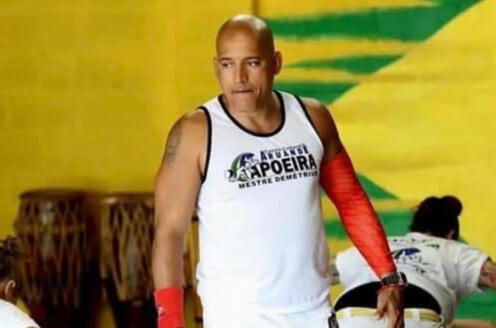
Demétrius Pereira Dos Santos (Master Demétrius) was born in São Gonçalo, a city in in the state of Rio de Janeiro. He had a difficult childhood, and by the age of 8 months, his parents divorced. He stayed with his father and left to live in the state of Mato Grosso.It wasn't until six years later, in 1979, that he returned to Rio de Janeiro and had his first contact with Capoeira in São João De Meriti (Rio de Janeiro). By 1982, he started to practice Capoeira in a school back in the state of Mato Grosso, but continued to have a lot of problems because his dad was against it. His father didn't believe Capoeira could play an important part in one's life. He later realized his mistake.
After joining the army in Cuiabá, Mato Grosso, Mestre Demétrius graduated to the rank of "Monitor" and started to work at a community center called "Capoeira Nova Geração" (New Generation Capoeira). The people there and his own Mestre soon began to see that he had a gift for teaching the art of Capoeira.Mestre Demétrius continued to travel through Brazil and started to gain recognition for his work in helping poor children and for his participation in national Capoeira events. He was the 2 times champion for the Brazilian Confederation of Capoeira ("Confederação Brasileira de Capoeira").In 1994, Mestre Demétrius participated in an event in the state of Minas Gerais where he had the opportunity to meet Mestre Loka, the president of CapuraGinga, and it was there that Mestre Loka invited him to join CapuraGinga. From Mestre Loka, Mestre Demétrius learned to enrich his professionalism in what he likes doing most, teaching capoeira. In CapuraGinga, Mestre Demétrius helped create the group's guidelines when assessing a student's graduation. Not long after, he received an invitation to do workshops in Israel, Amsterdam, Holland, Frankford, Germany, Zurich, Switzerland, and then the United States.On February 25th, 2007, Mestre Demétrius created his own group, Centro Cultural Aruandê Capoeira, with students located in six different countries. As of today, his teachings continue to be passed on to new students every day. Today, he lives in Houston, Texas, where he continues working with Capoeira, passing on discipline, culture, bodily expression, poetry, music, and life philosophy.
